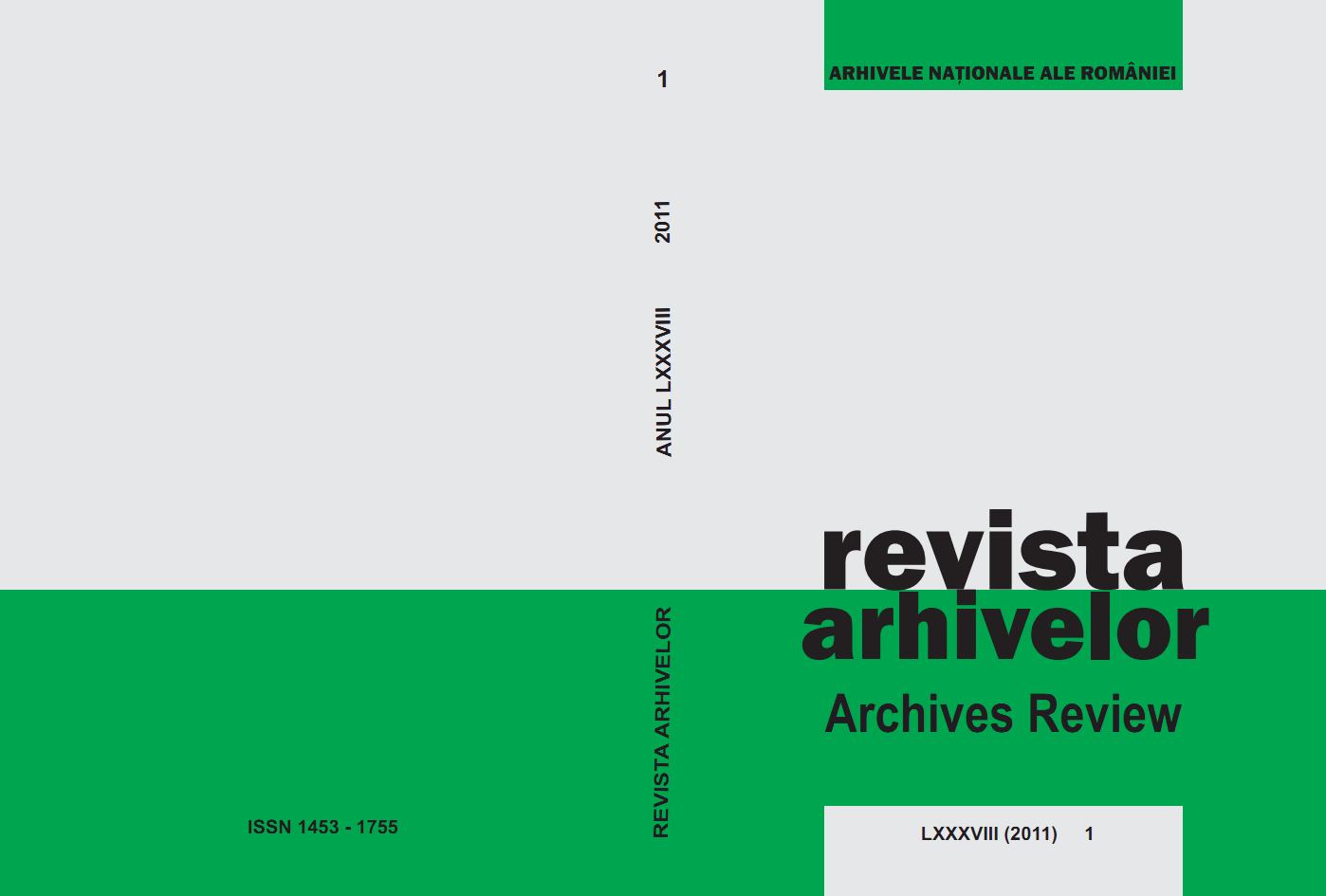

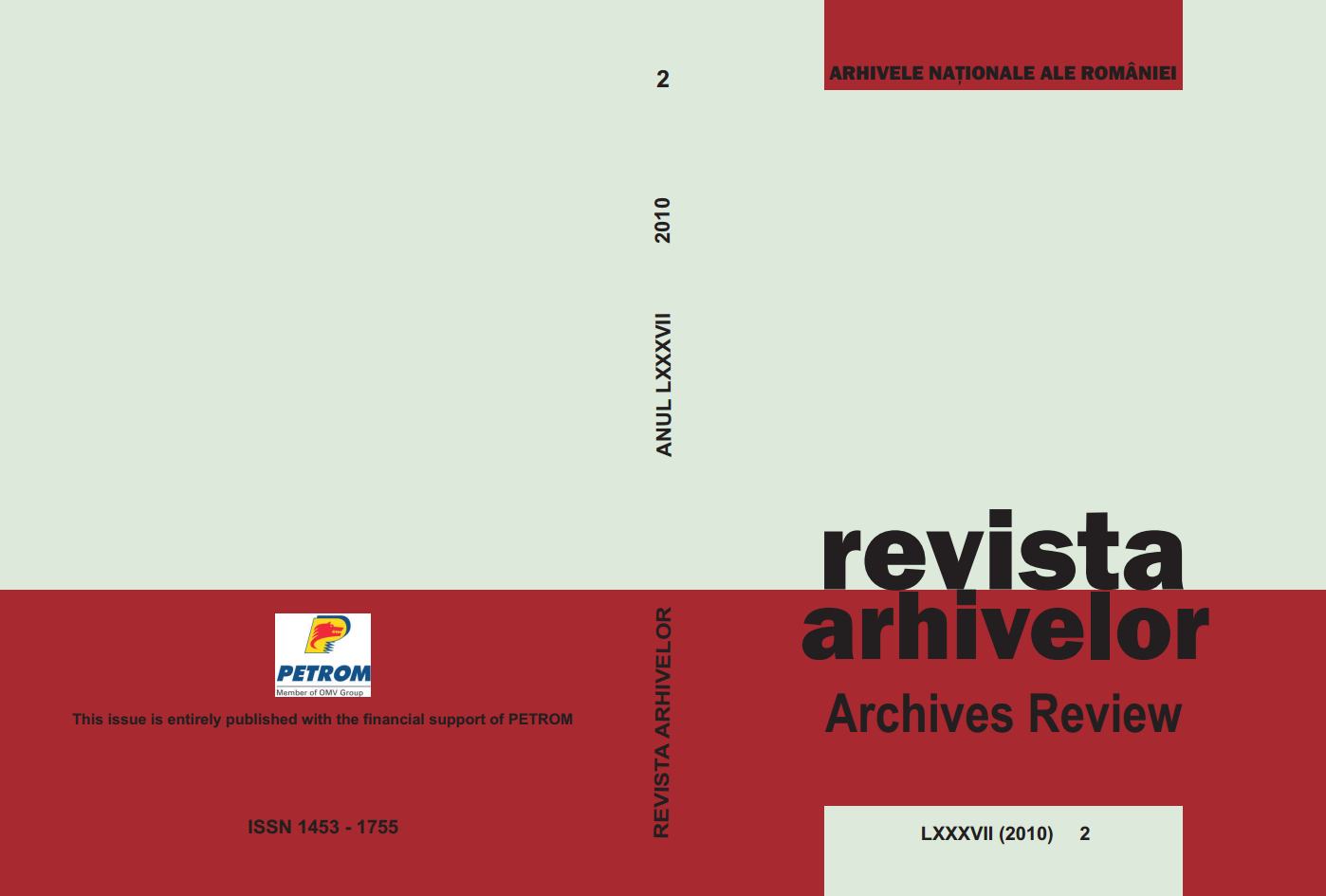


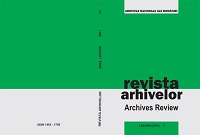
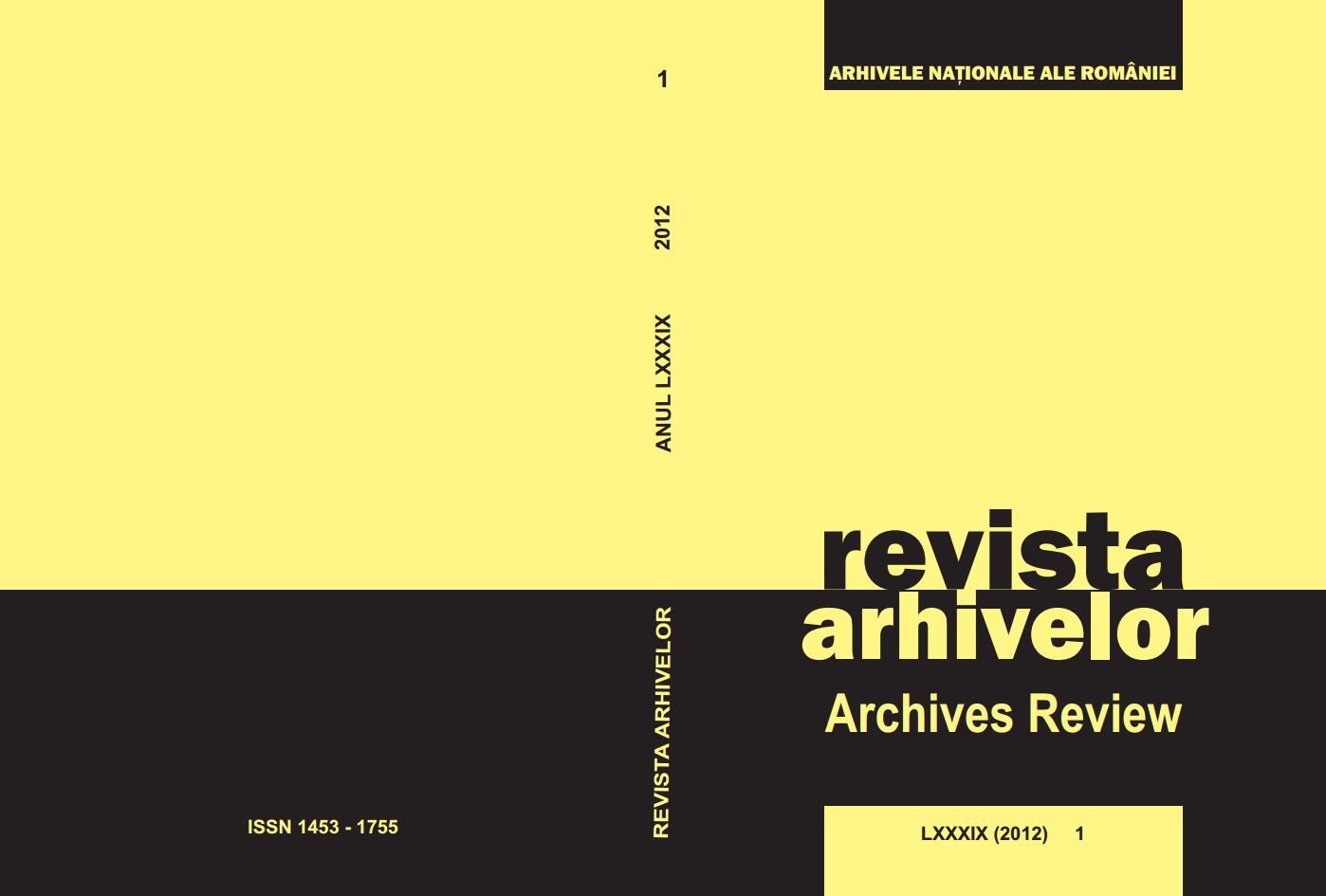
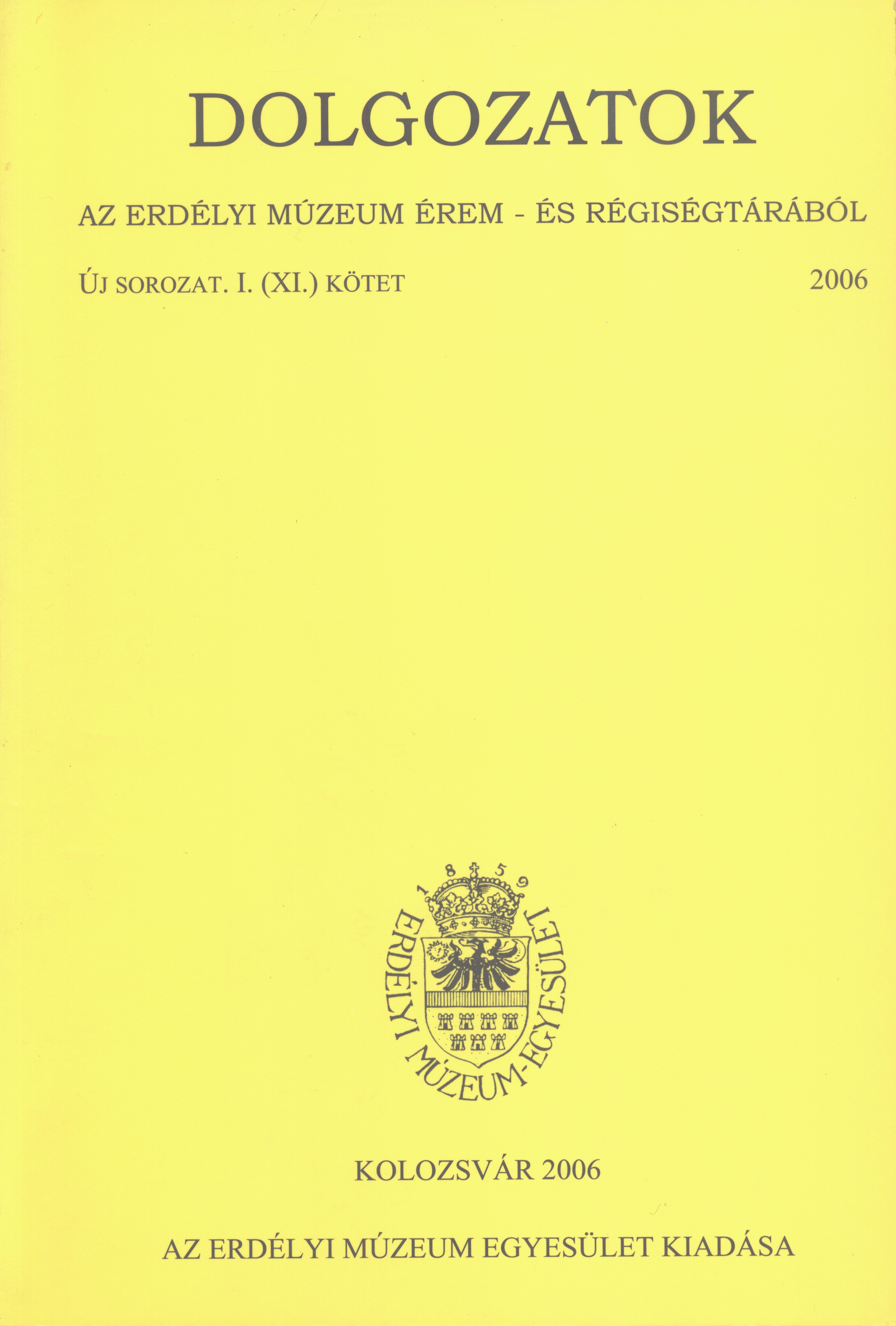
Keywords: castle; Torockai family; medieval Transylvania
Situated on the watershed between the River Mureş and Arieş, Rimetea and Colţeşti are two Hungarian villages with specific ethnographical tradition in a region populated mostly by Romanians. Since the 13th century both villages were in the possession of the Torockai family, which gradually extended its estates in this area. The family built its first castle after the Mongol invasion of Hungary (1241 —42) in the neighbourhood of Torockó, on a high rock later called Székelykő. This was a fortification specific for that period, suitable especially to shelter people as it was built and maintained together with the neighbouring population. Later on the family showed no interest in that castle used basically by the surrounding communities. At the beginning of the 14th century the family got a higher social rank: Ehellős Torockai was appointed vice voivode of Transylvania. During the confused period of history of Hungarian Kingdom he took possession of the Szádkő castle, that was in the property of the Transylvanian Chapter. Situated at the edge of his private land properties, the castle was intended to be the new residence of the family. However, when Charles of Anjou solved the interior conflicts of the country, Ehellős Torockai was compelled to give back the castle to its legitimate owner. For the following time the family remained in the background and only after the change of the Hungarian ruler could obtaining new privileges. In 1366, when King Louis the Great stayed for a longer period in Transylvania, the Torockais got the ius gladii and probably that was the moment when they were authorized to build a new castle. Late written sources mention even the builder of the castle: Elek Torockai. It was built north to Torockószentgyörgy, and became the centre of the family's land properties. At the beginning it was a donjon like fortification consisting of a solid tower, a ditch, and probably some other architectural components. Probably still in the 14th century it was extended with a new tower, and the two towers were linked by a curtain wall. Basically this is the first significant building phase of the castle. The castle was brought up to date in the mid-15th century when on the southern side a new palace wing was erected. In a document dated in 1470 this was called novum edificium. The family could not enjoy for a long time the new residence because some of its members were engaged in a rebellion against King Matthias in 1467. After that the Torockais lost their castle, and some of their lands, which entered first in the property of the Transylvanian voivode, Miklós Csupor, and later under the possession of János Kis, Péter Derzsi, voivode János Pongrác and his son, Mátyás, János Corvin and others. The family achieved to get back the lost properties only in 1516 when the king of Hungary issued a new diploma for the Torockais, granting ownership of the estate and the castle. During the period when the castle was owned by different families it was many times improved, which resulted the lower and the upper castle. The lower one was consisted of the donjon and some new apartments on the southern part. The upper castle was extended with a bastion and a large courtyard. The two castles were unified when the Thorockai family regained them in 1516. This was already the century when the these type of castles were gradually given up and new types of residences were built. The castle was partially used until the beginning of the 18"1 century when it was completely destroyed by the Habsburg army.
More...
Keywords: reformed church; restauration
The village of Ormány in Kolozs county lies west from the Kis-Szamos valley, between the hills on the banks of the river Szamos. In the middle Ages the village belonged to the Interior-Szolnok county. The village church was built between the end of the 13th century and the 1330s, but due to the frequent changes of ownership it is difficult to decide whether its builder was the land-steward Rénold, from the Kökényes-Radnót kindred (before 1322), Simon bailiff of the Széklers from the Kacsics kindred (in the 1320s) or Dénes Losonci and his sons (from the 1330s). The only medieval data about the church that once belonged to the deanery of Szolnok, is the name of the church's cleric, András on the papal title-sheets from 1332-37. Here the reformation might have happened around the middle of the 16th century. In the course of the 19th century its population decreased considerably, and by 1999 its flock died out completely. At the beginning of the 1990s the roof of the church fell in, hence its condition is continually waning, its walls are damaged by rainwater and freezing, and weed grows inside the building. The furniture (and the equipment) was either carried away or it perished. Therefore, there was a great need to exploit and to document the present conditions and its disappearing values, at the same time, and as it turned out, its so far hidden wall-paintings (frescoes) provides further reasons for a hoped-for intervention. From the result of the wall-explorations done in 2002, it can be asserted that the single-aisled church was built in a single building period. The sacristy with a semi-cylindrical vault joins the square shaped cross-vaulted chancel in the north, with buttresses on its eastern corners. This type of plan is identical with that of the churches from Ördöngösfuzes (Fizeşu Gherlii), Bádok (Bădeşti) and Krasznacégény (Ţeghea). The early-gothic profiling gate-frames and its round-arched windows with a considerably large opening are of the same age. Similar gates and windows are to be found in the reformed churches of Boroskrakkó (Cricău), Sárd (Şard), Méra(Mera) and Magyarborzás (Bozieş). During the exploration it turned out that the walls of the chancel are covered with a multi-layer painting. Probably soon after the building of the church consecration crosses were painted on the walls, out of which seven could be identified. The second paint layer from the northern chancel consisted of a figural depiction in a frame of geometrical patterns. From this painting only Christ's head and a cross and a glory lasted, with the HC XC inscription in Greek Ietters and a small detail of a cross with an arched stalk. The frame ornament resembles the frescoes of the churches from Kéménd (Chimindia), Abrudbánya (Abrud) and Néma (Nima) and, it can approximately be dated to the Sigismund of Luxembourg-era. Its theme cannot be identified unambiguously; it might have been a detail of a Vir Dolorum, a Crucifíxion or a Resurrection depiction, which created a composition with the tabernacle and related the sacrament of the altar to the Passion. The next painting displayed on the entire surface of the chancel, was probably a polychrome belt with geometrical patterns stretches, although larger coherent parts were found only on the lower part of the eastern wall. The fourth painting, in black, dates from the protestant period of the church, probably from the 18th century. At this time the margins of the windows and of the triumphal arch were ornamented with decorative stripes, on the sedilia was painted a vase with bouquets of flowers, and on the two sides of the eastern window excerpts from the gospels were placed.
More...
Keywords: medieval bell; Transylvania
In 2000, on the occasion of the oldest church's rehabilitation in Nagyszeben built by the hospitaler order in the 13th century an unknown medieval bell was discovered which is not included in the modern corpora. The inscription on the small bell (height: 36 cm, the diameter of the lower rim: 44 cm, the diameter of the shoulder: 22 cm) is ad • iuva (!) • nos • deus • 1509 • (Help us, God). Between the words small reliefs can be seen: rosettes forming masks, a harpy and a lion. The bell was castered in a local workshop which was established by a master named Leonardus. The instrument is a late product of the workshop led by Steffanus Clockengisser and Paul Clockengisser at that time. In Nagyszeben were the most productive bell-founding workshops of the medieval Transylvania and ironically the above mentioned bell is the only instrument cast in that city which remained there.
More...
Keywords: stucco carvers; carpenters; sculptors; Gabriel Bethlen; ornamental-style; flowery Renaiisance; Transylvanian renaissance architecture
The present study tries to outline the stylistic effects that marked the art in Transylvania in the 17th century, starting from the ornamental style that characterized the buildings of Prince Gabriel Bethlen (1613-1629). Hereby are bestowed the works of foreign sculptors, stucco carvers, carpenters either from the Hungarian Kingdom, or from the German Empire, that came to Transylvania in a great number during Bethlen's rule. Besides the stucco composition known since 1974 that survived in the princely palace in Oradea and a few strap-work carvings, the present paper presents the so far absolutely unknown stucco vaulting from the princely residence in Alba Iulia as well, which was made between 1623 and 1625. The stone pulpit of the Calvinist church of Cluj was made in 1646 at the order of Prince George Rákóczi the Ist, the successor of Gabriel Bethlen. In reference to this pulpit J. Balogh created a concept regarding an independent „Hungarian-like" ornamental style, the so-called „flowery Renaissance". Counter to her opinion, the pulpit is the work of Elias Nicolai (around 1600 - around 1660), a Viennese sculptor, who arrived to Transylvania during Gabriel Bethlen's rule, and settled down in Sibiu. Elias Nicolai collaborated with Hannes Lew Rechner alias Régeni Asztalos János (1622-1702), a Saxon prentice from Cluj, who carved the alabaster tiles of the parapet. The crowning of the pulpit was made by a carpenter of Polish origin (probably from Stanislav, Ukraine) working in the Prince's service, while the paintwork was made by two painters from Cluj. Analysing Hannes Lew Rechner's surviving drawings it emerges that the patterns that played the major role in his professional preparation in the 1640s were still those originating in the work of Georg Hoefnagel (1542-1600) and that of Gabriel Kramer (died around 1608). These patterns were very much present in the Central Europe on the artistic products of Emperor Rudolph the IInd. This poor, conservative inspiration, based mostly on engravings, marks the art of the more and more isolating protestant principality in the decades following 1660.
More...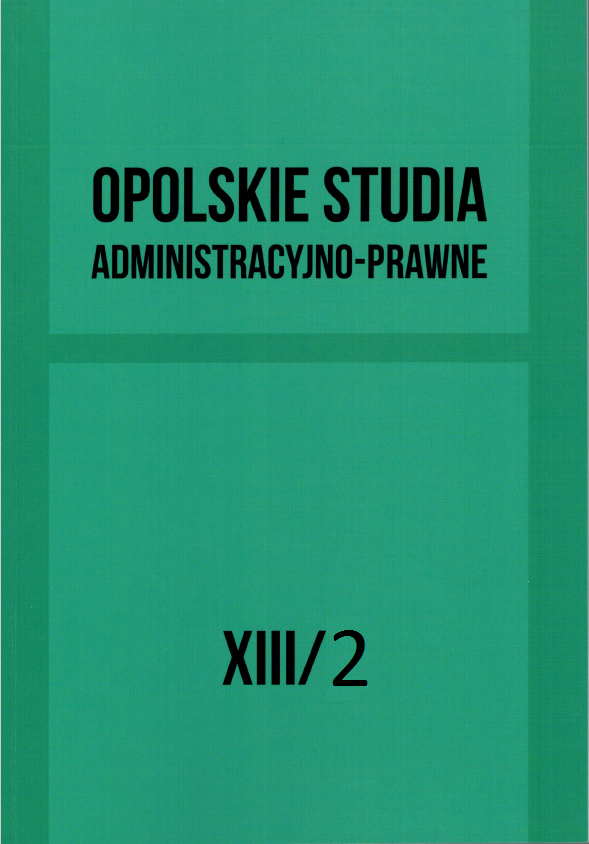
Keywords: right to trial; right to a fair judgment; social insurance courts; administrative courts; proceedings in matters relating to social insurance
The right to trial is above all provided for in the Constitution of the Republic of Poland. This is also relevant to matters pertaining to social insurance. The enforcement of this right is specific in its nature. Because of this right such matters should not be referred to dministrative courts while separate social insurance courts should be maintained as part of common courts. Consequently, the expression “social insurance matters” needs to be more precisely defined while the meaning of the principle of adversarial proceeding needs to be limited in order to ensure a fuller enforcement of the right to a fair trial of cases in both procedural and substantive aspects (the right to a fair judgment).
More...
Keywords: separate proceedings in social insurance cases; civil proceedings; civil cases in formal meaning
The author of the paper attempts to explain mutual relations existing between the general regulations regarding proceedings that are stipulated in the Code of Civil Procedure and regulations regarding separate proceedings in social insurance cases. In the author’s opinion, an analysis of regulations of Book One of the Code of Civil Procedure makes it possible to indicate four (named and described in the paper) categories of provisions that determine the aforementioned relations, taking into consideration the specifics of proceedings in social insurance cases that constitute civil cases in formal meaning.
More...
Keywords: EU social coordination; supreme court; case law; judicial decision
The article overviews the most important judicial decisions of the Supreme Court concerning application of the provisions on the EU social security systems coordination, which have been issued since Regulations No 883/2004 and 987/2009 came into force. The analysis allows identifying two major categories of cases. The first relates to disputes concerning determination of the applicable legislation, including delegation of employees to work on the territory of another member state and simultaneous pursuit of activities in two or more member states. The other category concerns awarding of benefits, in particular old age pensions. In this category one can distinguish such issues as application of the principle of equal treatment of benefits, income, facts or events, and relation between coordination regulations, both currently and previously biding ones, as well as bilateral agreements. The issues in questions seem to be dynamic. To a large extent this is due to the changing socio-economic conditions, which labour-related migration is subject to. Moreover, as regards the sphere of social security it may take several decades from the time one becomes subject to social security until they acquire rights to benefits under the laws of various EU member states. All this makes the ability to apply intertemporal rules, as well as the general principles of social coordination, which allow courts to arrive at fair and lawful decisions on matters concerning the specific individual questions, very important.
More...
Keywords: insured (third party); cotributions payer (insuring party); social insurance institution (insurer); social insurance cases
In the author’s opinion, the term “payer” used in the social insurance law is incorrect because the construction of an insurance on a third party’s behalf results from a substantive division of the contribution obligation between the contribution payer and the insured. Therefore the contribution payer is the insuring party that insures another person (the insured, a third party) who is entitled to an insurance benefit. The contribution payer as a party to judicial proceedings in social insurance cases acts, i.a., in the role of an “interested party”. The author expresses the opinion that in judicial cases regarding contributions, the contribution payer and the pension awarding authority are parties, and not summoning the employee (the interested party) to take part in the proceedings is a procedural infringement that should not cause invalidity of the proceedings. Furthermore, due to important legal and factual differences between the insured and the contribution payer (the insuring party) their procedural entitlements and obligations should be differentiated.
More...
Keywords: contribution calculation basis; sickness insurance; revenue; contribution payer
The subject of this study is the issue of control of the contribution calculation basis on sickness insurance. The observations lead to the conclusion that the basis of contributions on social insurance may be subject to judicial control, directly or indirectly. In the first case, the control concerns basis of contribution as an element of the content of relation being subject to social insurance. In this case, one of the elements with respect to social insurance, is directly a subject under control. However, on the other hand, indirect control refers to the legal relationship, namely title insurance. Jurisdiction allows possibility of assessment, under Article 58 of the Civil Code, only legal relationship being title insurance. At the same time, the assessment can apply to both the existence of the title, as well as its components, i.e., remuneration. The difficulties in determining the contribution base in the amount declared and the consequent possibility of instrumental obtaining excessive benefits, require legislative changes.
More...
Keywords: cassation of appeal; social security cases; social security procedure; reopening of procedure; plea of illegality of non-appealable ruling
The article concerns the extraordinary means of appeal in civil procedure pertaining social security cases, in particular cassation of appeal, reopening of proceedings and plea of illegality of a non-appealable ruling. The essay concentrates on specific features of civil procedure in social security cases in comparison to general rules.
More...
Keywords: cases related to social insurance; return of files to the pension authority; value of the subject of appeal
The paper deals with the issue of practical use of the regulation related to return of files to the pension-awarding authority in order to supplement case materials and difficulties of representatives of the pension authorities related to determination of the value of the subject of appeal in cases related to social insurance. The author, in particular, indicates that determination of the value of subject of a litigation within the frame of first instance proceedings, as well as the method of formulating the conclusion of a judgement in cases regarding the amount of social insurance benefits have a substantial influence on the fulfilment of the formal obligation to indicate the value of the subject of appeal. Additionally, it is indicated in what circumstances ordering a return of case files to the pension-awarding authority to supplement the files is justified.
More...
Keywords: analytical consultative centers in the social insurance institution in Poland; various interpretations of the social insurance regulations
The paper presents the performance of the Analytical Consultative Centers which are newly created organizational units of the Social Insurance Institution. The idea of establishing the Centers is described along with their organization and task performance. In the later part of the paper, the problem of various interpretations of the social insurance regulations is mentioned and illustrated with the examples provided by the author. Also, there are described difficulties with the uniform application of the law by the pension-awarding body, resulting from differences in interpretations.
More...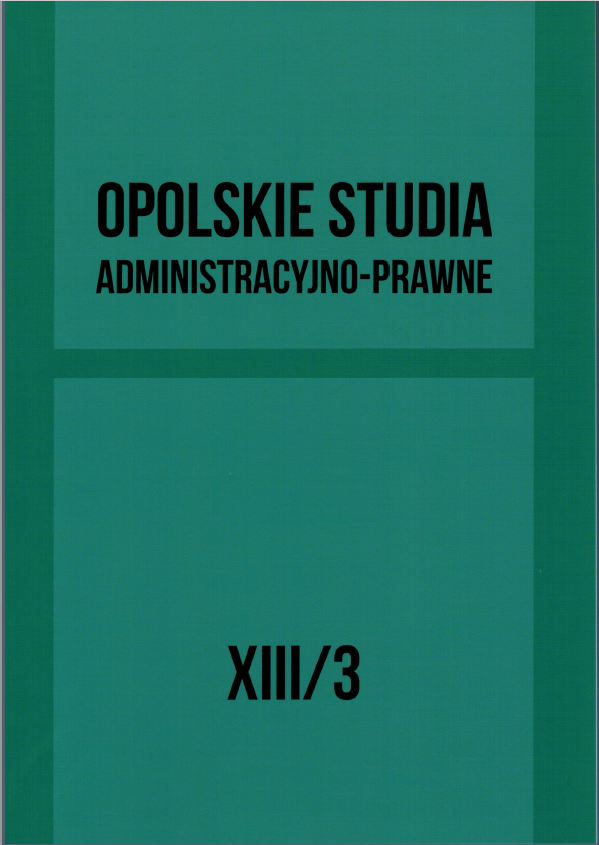
Keywords: Afghanistan; human rights; women’s rights; Islam; baad; baadal; honour killings; violence against women
This publication deals with the current legal and social situation of women in Afghanistan. The author analyzes the process of formation of the legal position of Afghan women from the moment of the country’s liberation from under the Taliban occupation in 2001. She concentrates on indicating relevant legal regulations and guarantees, as well as – primarily – analyzes the degree of respecting them. Consequently, she discusses selected forms of violence against women which is persistently present on the territory of Afghanistan. The author elaborates on specific cultural phenomena and acts against fundamental women’s rights, such as baad, baadal, the so-called “honor” killings, and punishing women for running away. These points lead to the conclusion that the enacted laws are merely an empty shell and women’s situation is far from stable.
More...
Keywords: genocide; genocide prevention; Raphael Lemkin; Convention on the Prevention and Punishment of the Crime of Genocide
The article presents the issue of the obligation to prevent the crime of genocide in reference o legal regulations and practice. The legal framework to analyse genocide is the Convention on the Prevention and Punishment of the Crime of Genocide. The document imposes very specific responsibilities on the contracting parties – to prevent and punish the crime of genocide. However, the regulations lack precision and clarity. For instance, it has not been clarified what “preventing genocide” entails. No measures, methods or actions have been enumerated that could serve as means to prevent genocide. The unclear and unprecise regulations leave the parties a lot of space for interpretation, in a way legitimizing “not taking action”. The signatories shy away from the obligation to prevent the crime or intervene only if their particular interest is at stake. The events in Rwanda, Bosnia or Darfur are the shameful exemplifications of this fact.
More...